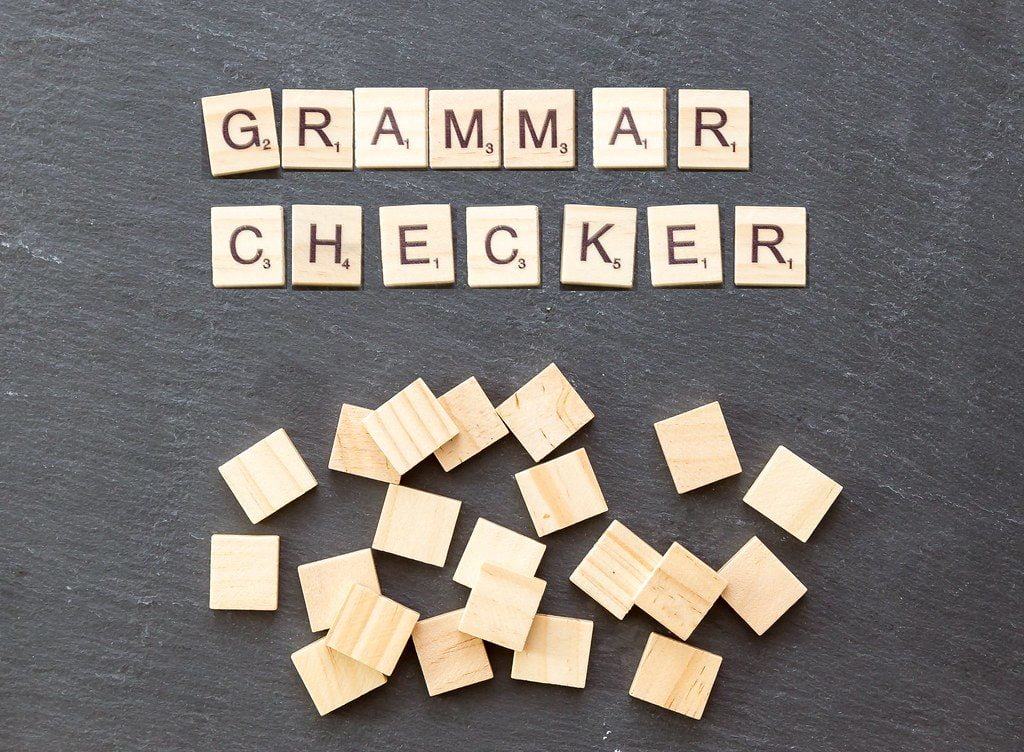The AP Style folks recently made an earth-shattering change to its AP Style Standards: You no longer have to spell out “%” after a number.
AUDIBLE GASP!

That was actually close to the reaction I got from friends and colleagues on a LinkedIn post where I shared this news a few weeks ago. And, for good reason. Many of my friends and colleagues are now in the “more experienced” group. We grew up having AP Style beat into our heads by bosses and reporters. We learned it in college. It was our Bible. And, in many ways, it still is.
However, I wonder about the younger generation. I wonder if they see AP Style the same way.
Because, whether we want to admit it or not, the world has changed.
Think about the genesis of AP Style. It began as a way to standardize rules around editing based on mass media–specifically, mainstream print media.
In the golden age of print, AP Style reigned supreme because editors and reporters used it–therefore, PR types like us were forced to learn it and use it. Heck, many of us grew up wanting to be journalists anyway, so we learned it first back in college!
But, over the last 10-15 years, a lot has happened. Let’s analyze three big behavior shifts:
Media consumption behaviors have shifted.

People now spend only 11 minutes a day consuming newspaper media, and 9 minutes a day consuming magazine media. Meanwhile, they spend 6 hours and 35 minutes a day consuming digital media. Now, you could say a lot of that digital media time is spent consuming traditional news media showing up in online and social channels (and you might be right), but another big piece of that is merely social content that is definitely not ruled by the AP Style Handbook. Posts from friends (full of typos and poor grammar). Blog content from people with varying writing skills (this even applies to some “media “sites now). I would even throw content written by professionals on platforms like LinkedIn in here, too, as it often contains misses and mistakes as laid out in the AP Style Handbook.
Recommended for You
Webcast, September 17th: 10X Growth & Relationships with Community Building
Communication behaviors have changed.
10 years ago, emojis were barely a thing. Today, they’re absolutely a key way we all communicate. They show up in texts. Facebook and Insta posts. They even show up in emails! Heck, even the Wall Street Journal is saying “Yes, You Should Be Using Emojis at Work” (that was the actual headline!). According to the Journal: “Once viewed as a frivolity, emojis are now key to clear and concise communication, esprit de corps and cultivating a shared corporate culture.” Emojis are no longer something young people use either. Anecdotally, my Mom now regularly sends me texts with MULTIPLE emojis! And, the platforms are noticing–and adding new emojis all the time (like Google did earlier this year when it added 65 new emojis to its list). Communication has become far more visual over the last 10 years–and far less stringent when it comes to the written word.
Technology has changed communication behaviors, too.
Again, think about how you communicated 10 years ago. Mostly (still) via email and phone. Now, think about how you communicate today. It’s a mix of texts, direct messages on social platforms, some email and hardly any phone calls. Those first two mentioned are heavily predicated on visual communication. Many communicate largely (if not entirely) via their phones!
Now, Am I saying AP Style is dead? Not by a long shot. But, is it still as relevant today in 2019 as it was in 2009? I’m not so sure about that.
Let’s go back and look at my LinkedIn post. Emily’s comment says what I believe a lot of people are thinking:

Then again, Debbie’s comment below sums up my thinking–and probably a large number of people under the age of 40:

Thinking about my client work over the last few years, this is also a trend. I’ve noticed some of my clients blowing off hard-and-fast AP Style Guidelines–like the aforementioned percent rule (well, the old rule, at least). In fact, a number of hard AP Style rules seem to be routinely ignored in 2019:
- Abbreviating months with six or more letters if they are used with a specific date. This one is broken ALL THE TIME! According to AP Style, it’s Aug. not August.
- Formal titles are only capitalized when they appear immediately before a name. Again, broken ALL THE TIME! Nope, it’s not Arik Hanson, Principal of ACH Communications.
- In most usage, spell out numbers under 10 (with a few exceptions). Again, broken ALL THE TIME! How many times have I seen 1, 2, 3, 4, 5, 6, 7, 8, ad 9 on the web?
Sensing a trend here? And, those are just the major AP Style guidelines that most people should know!
Bottom line: AP Style just doesn’t have the relevance (sadly) it had 10 years ago. And, I fear it’s dying a slow, painful death.
Here’s your chance to defend yourself Grammar Nerds!
